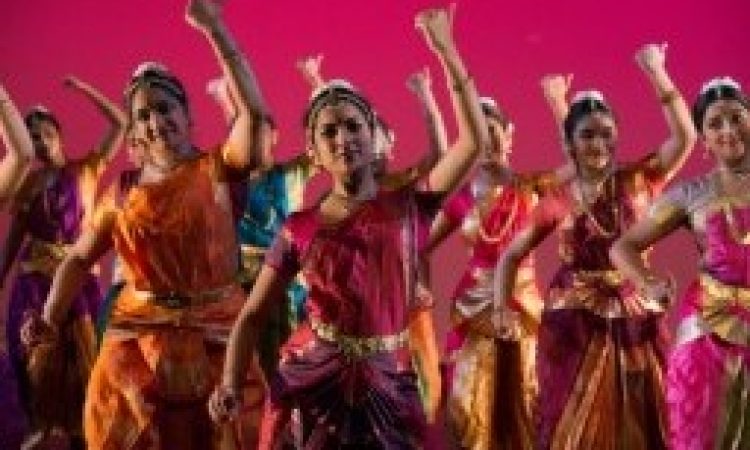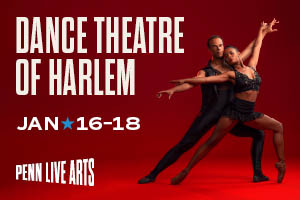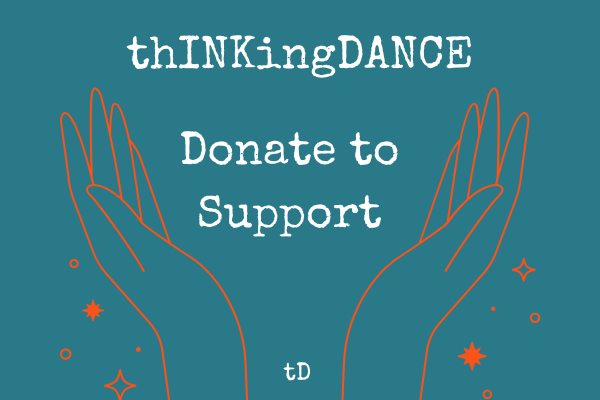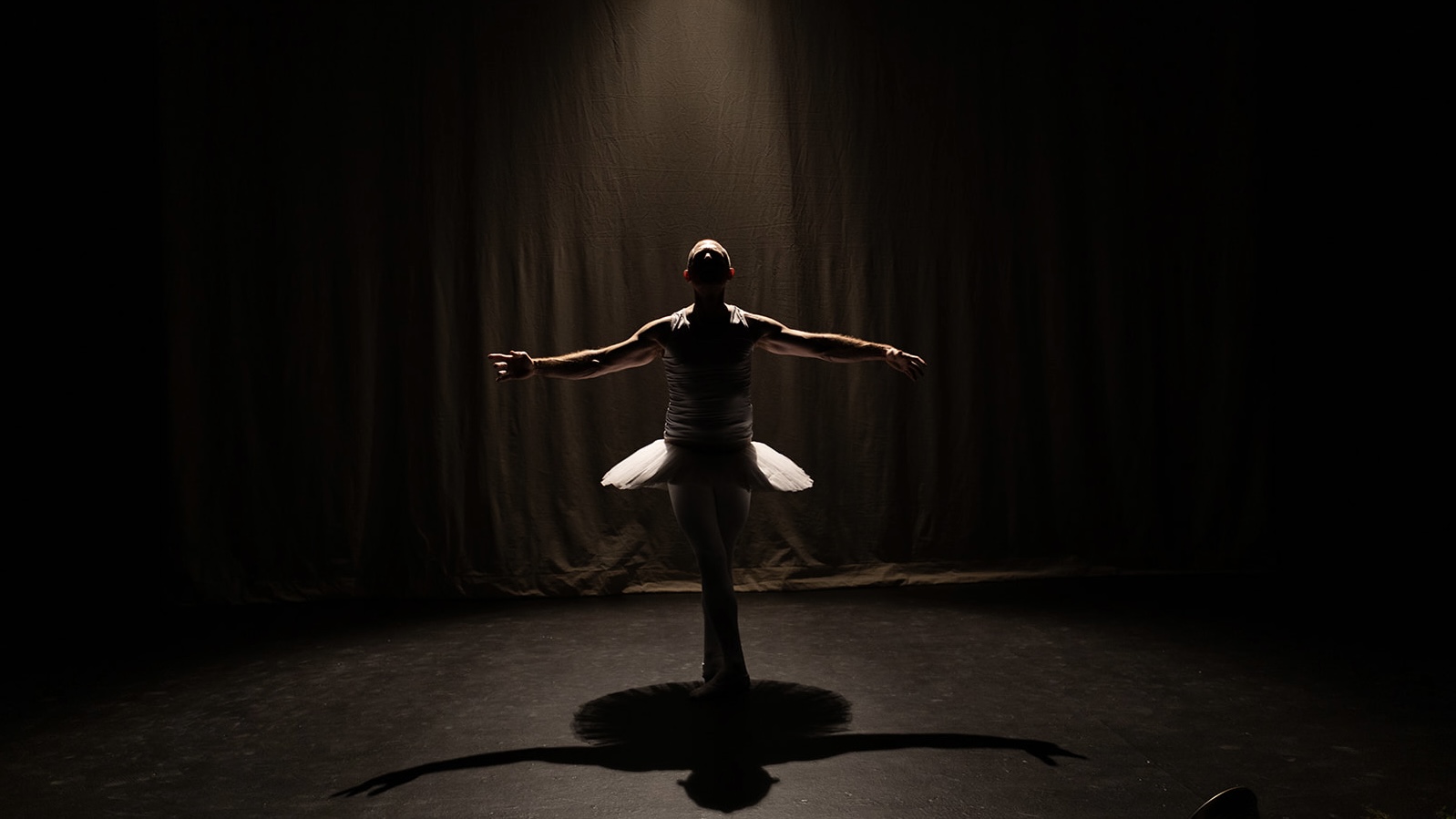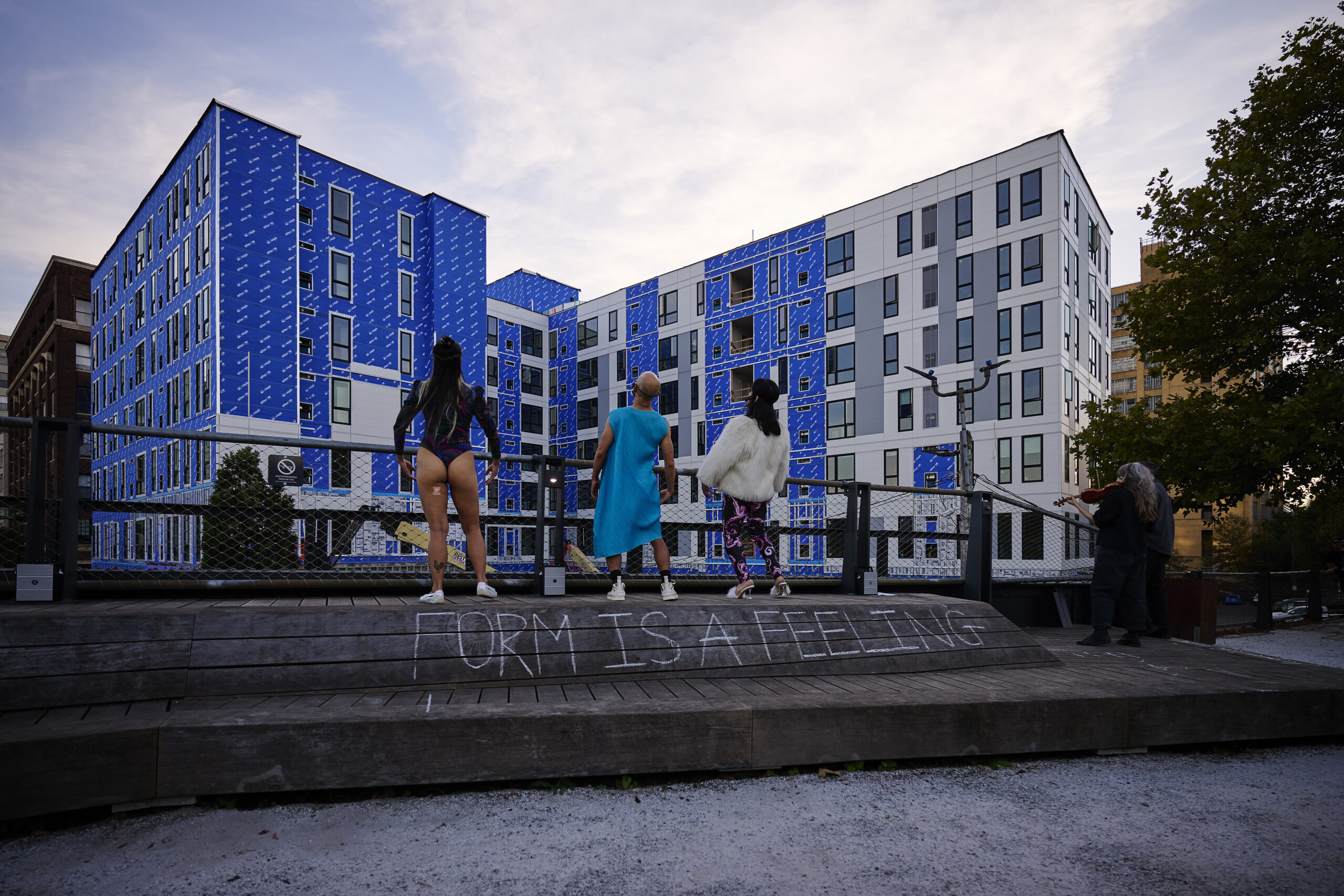[Pictured above and on the homepage: Three Aksha]
When a group of Tibetan monks visiting the U.S. at holiday time was taken to see The Grinch Who Stole Christmas, one of them asked if the Grinch was Jesus. To us, that’s wild. To them, with a tradition that honors Milarepa, a holy man who lived in a mountain cave and turned green from eating nettles, it’s not far-fetched at all.
In some ways dance transcends culture. We can all recognize and appreciate kinetic qualities, musicality and performers’ presence. I fell in love with Llhamo Folk Opera of Tibet before studying anything about Buddhism or Tibetans. I enjoyed the spectacles of the Moiseyev and Ballet Folklórico of Mexico early on, and later traveled in India and Bali watching kathak and kecak. In each case there’s lots to appreciate without having to understand the underlying stories, cultural values and secular or sacred traditions the dances spring from.
But there can easily be cultural misinterpretations and gaps too, as with the Grinch. In performing arts that weave together rich traditions of poetry, music and dance language, cultural tourists may be at a loss. If we are watching a dance based on the Upanishads and we don’t know those scriptures as native audiences would, how much do we really “get”?
As the April visit to Philadelphia of leading Bharatanatyam artist Malavika Sarukkai approaches, I am thinking about how Indian dance forms appear to folks who don’t know anything about them. This June I took in a Bharatanatyam performance by Three Aksha at the Painted Bride along with the Ranga Pravesam, or “debut,” of Anita Kalimbi (which was for invited guests and in the Kuchipudi style). More recently I watched video of Sarukkai. Here are some of the questions raised by someone relatively uninitiated:
If I don’t know Urdu, Hindi, Gujarati or Sanskrit, can I still understand what I am seeing? Often the words being sung (in all cases there was wonderful live accompaniment) seem to lay out the narrative of the dance. Dancers respond with gestures and facial expressions, at times line by line. And occasional lip-synching on the part of the dancer also implies that what we are hearing are the dancing character’s words.
At June’s live events, and also at the performance by Rama Vaidyanathan at the Annenberg last November, individual dances were introduced with a spoken text providing clues to the performers’ narratives. That convention is unfamiliar to Western dance-goers and can seem stiff or disjointed and, while it offers useful info, I still feel I miss a great deal.
Some presenters work with this gap by offering surtitles, the equivalent of foreign language translation for film. But in a complex performance with a lot to attend to, is adding another layer of information the best choice? Having watched Chinese Opera with seat-back subtitles, I’m not so sure.
Another option is printing text in a program. But if written too small and without light to see or time to read between dances, it is not much help.
Sheetal Gandhi, seen in March, provided a clear context for understanding sections in Indian languages because her whole performance interwove English text. Her piece was an outlier, though; she is a theater artist who speaks within her performance, so hers is not an offering of “pure” dance like the others.
If I don’t know any of the hand gestures and their meanings am I missing important cues? The quickly moving gestures that are bound to the narrative are lost on me. It’s confusing particularly when a dance has multiple changes of mood. The hands are clearly saying something, but I don’t know what.
How do young dancers living in the U.S. feel about the representation of the feminine ideal, through costume, gesture and plotline? The female dancer is ornamented richly, swathed in colorful silks in a design that emphasizes her round hips and bust. Often her actions seem to be an invitation, a display of feminine beauty and seductiveness. As a Westerner, do I have a basis for comprehending this as it is intended? I sense that how it appears to me, as a portrayal of women who seem obsequious and valued for their attractiveness and sexuality, is perhaps understood in a more emblematic way, or at least with a fuller perspective by those of the culture.
What about the relationship of sensuality and spirituality? Many of the plotlines involve devotion to a god, and longing to be visited/ravished by that god. Perhaps I misinterpret. But that’s how it appears.
European traditions have rarely embraced dance within religious institutions. Our Puritanical, Calvinist cultures often saw dance as heretical, the work of the devil and an abomination.
How will a Westerner reconcile this other view of the body as a lush seat of devotional display, as sumptuous and sexualized in an uplifted way? Can a Westerner see the richness of female form and adornment as a way to celebrate spirituality?
Is this question about the presentation of the feminine different for mature dancers who are living in India? Does it matter whether you grow into the tradition on the Indian subcontinent or on the Main Line? If you are older, from a time when feminism was less established, do you have a different relationship to the roles?
Might some of these questions apply to Western dancers practicing ballet whose codes of behavior originated in the Baroque court;whose Romantic roles present a view of the feminine at odds with our present-day thinking?
Is there symbolism in the use of color? What do color changes in the lights represent? Is it solely a way to change of pace or mood, akin to how the dancing itself shifts rapidly in tempo or feeling? Musical ragas represent certain times of day, so is lighting connected to this kind of specific mood in a more formal way also?
Even though one part of me wants to crack these codes, another part remains entranced by the “foreignness” of this dancing, delighted to just take in and absorb the gestalt of it. A last question then is:
What is crucial to know to create an optimal level of enjoyment and meaning for Westerners watching Indian dance?
I’m going to reread Looking Out: Perspectives on Dance and Criticism in Multicultural World to recall what experts are saying about how to watch and understand. Curiosity and openness are key for starters. Not laying on interpretations based on our own cultural values (have I already been doing that here?). And then I’m going to keep asking questions.
*While this reflection is written about viewing Indian dance in a general way, it refers to just three forms (Bharatanayam, Kuchipudi and Kathak). Three of the artists mentioned—Three Aksha, Sarukkai and Vaidyanathan—practice Bharatanatyam. The author understands that many other forms of dance are part of Indian traditions; each could provide different viewing experiences and raise different questions.
Three Aksha http://threeaksha.org/
Nataraja Performing Arts (presenter of the Ranga Pravesam) http://www.natarajaperformingarts.net
Malavika Sarukkai bio
